Home>diy>Building & Construction>What Materials Are Needed At A Construction Site
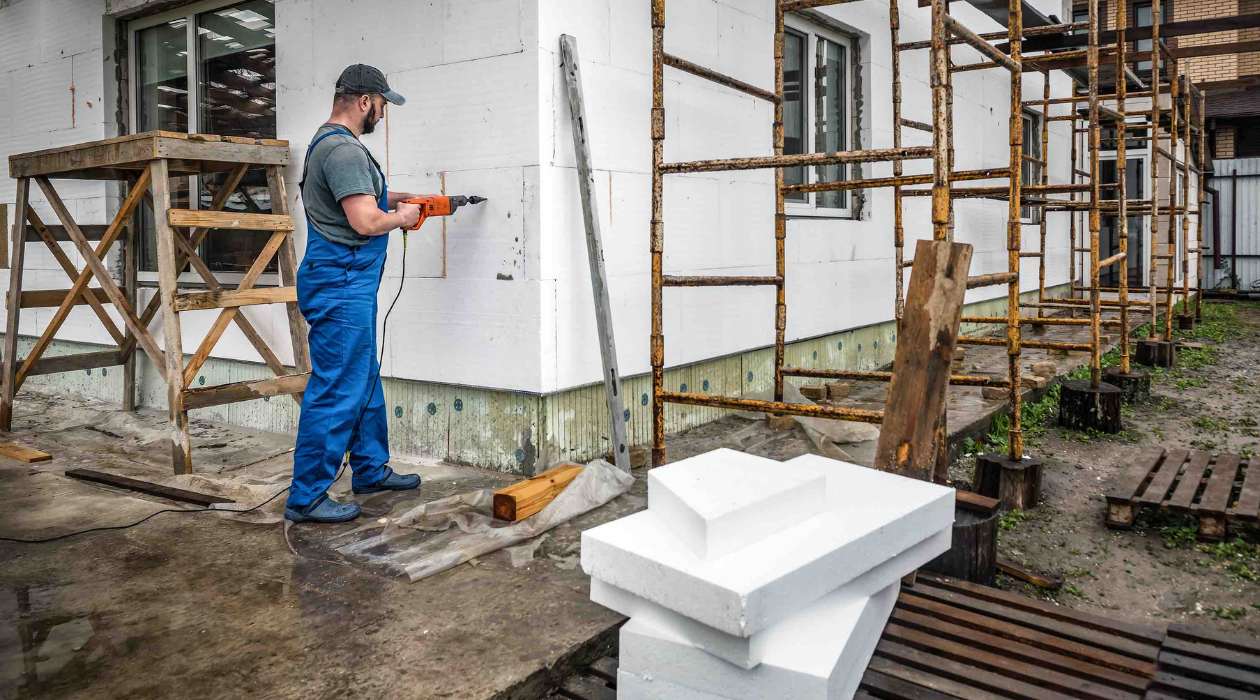

Building & Construction
What Materials Are Needed At A Construction Site
Modified: February 23, 2024
Discover the essential building construction materials used in the industry. Learn about their properties, benefits, and applications to create strong and durable structures.
(Many of the links in this article redirect to a specific reviewed product. Your purchase of these products through affiliate links helps to generate commission for Storables.com, at no extra cost. Learn more)
Introduction
Construction materials are the foundation of any building project, whether it’s a simple home renovation or a large-scale construction project. These materials play a crucial role in the structural integrity, durability, and overall aesthetics of the building. From the ancient civilizations that used mud bricks to the modern engineering marvels made of steel and glass, the evolution of construction materials has been remarkable.
In this article, we will explore the various types of construction materials commonly used in the industry. We’ll delve into the characteristics, benefits, and applications of each material, providing a comprehensive understanding of their importance in construction.
Understanding the different materials available in construction is essential for architects, builders, and homeowners. It allows them to make informed decisions, considering factors such as cost, sustainability, performance, and aesthetics. So, let’s dive into the world of construction materials and explore their unique properties!
Key Takeaways:
- Construction materials, from traditional brick and stone to innovative composites, offer unique benefits such as durability, sustainability, and design flexibility. Choosing the right materials is crucial for creating long-lasting, visually impressive, and eco-friendly buildings.
- As the construction industry embraces sustainable practices, the use of recycled materials, renewable resources, and energy-efficient technologies is on the rise. Balancing functional requirements, aesthetic appeal, and environmental impact is essential for informed material selection.
Read more: What Is A Construction Site
Brick and Stone
Brick and stone are among the oldest and most traditional construction materials used by mankind. These materials have stood the test of time and continue to be popular choices for their durability, strength, and natural beauty.
Bricks are typically made from clay, which is molded, dried, and then fired in a kiln to achieve a hardened form. They come in various sizes and shapes, offering versatility in design. Bricks are known for their excellent thermal insulation properties, making them ideal for both interior and exterior walls. They are also fire-resistant and provide good sound insulation.
Stone, on the other hand, is a naturally occurring material that is quarried and cut into suitable sizes for construction purposes. Common types of stone used in construction include granite, marble, limestone, and sandstone. Stone is valued for its strength, durability, and aesthetic appeal. It can be used for both structural and decorative purposes, such as walls, flooring, and facades.
Both brick and stone are sustainable building materials, as they are sourced from natural materials and can be reused or recycled. They require little maintenance and can withstand harsh weather conditions, making them long-lasting choices for construction projects.
Concrete
Concrete is one of the most widely used construction materials in the world. It is a composite material made from a mixture of cement, water, aggregates (such as sand or gravel), and often additional additives. The combination of these components creates a strong, durable, and versatile material with a wide range of applications.
One of the key advantages of concrete is its ability to be molded and shaped into almost any form. This makes it ideal for constructing foundations, walls, floors, and even complex architectural structures. It can also be used to create decorative elements such as countertops and sculptures.
In addition to its versatility, concrete offers other significant benefits. It has excellent compressive strength, allowing it to withstand heavy loads without deformation. It is also fire-resistant and provides good thermal insulation, making it suitable for both interior and exterior applications.
Another advantage of concrete is its long lifespan and low maintenance requirements. Once it cures, it is resistant to decay, rot, and insect damage, making it a durable choice for various construction projects.
However, it’s worth noting that concrete production can have environmental implications due to the extraction of raw materials and the high energy consumption during the manufacturing process. But there are sustainable choices available, such as using recycled aggregates or incorporating fly ash as a partial replacement for cement.
Overall, concrete’s versatility, strength, and durability have made it a go-to construction material in the industry. From the foundations of skyscrapers to the sidewalks we walk on, concrete plays a vital role in shaping our built environment.
Wood
Wood has been a staple construction material for centuries, known for its natural beauty, versatility, and sustainability. It is derived from trees, making it a renewable and environmentally-friendly option for construction projects.
One of the main advantages of wood is its strength-to-weight ratio. It is a lightweight material that still offers excellent structural integrity, making it ideal for a wide range of applications. From framing and flooring to doors and furniture, wood can be used in both structural and decorative elements of a building.
Wood also provides good thermal insulation, helping to regulate temperature and reduce energy consumption. It has natural insulating properties that keep buildings warm in winter and cool in summer.
Furthermore, wood is a visually appealing material that adds warmth and character to any space. It comes in different types, such as softwoods (pine, fir, spruce) and hardwoods (oak, maple, mahogany), each with its unique grain pattern and color.
However, wood does have some drawbacks. It is susceptible to decay, moisture, and insect infestation if not properly treated and maintained. To mitigate these risks, wood can be treated with preservatives and finishes to enhance its durability and protect it from external factors.
When considering wood as a construction material, it’s essential to choose sustainably harvested or certified wood products. This ensures that the wood is sourced responsibly, helping to preserve forests and support sustainable forestry practices.
In recent years, there has been a growing trend towards using wood in innovative ways, such as cross-laminated timber (CLT) and other engineered wood products. These materials offer increased strength and fire resistance while still maintaining the natural beauty and sustainability of wood.
Overall, wood remains a timeless and versatile material in construction. It brings a sense of warmth, durability, and environmental consciousness to any project, making it a popular choice for architects, builders, and homeowners alike.
Metal
Metal is a versatile and widely used construction material that offers strength, durability, and a modern aesthetic. It encompasses various types of metals, including steel, aluminum, and iron, each with its unique properties and applications.
Steel is one of the most commonly used metals in construction. It is known for its high tensile strength, which makes it ideal for structural components like beams, columns, and frames. Steel is also resistant to fire, corrosion, and pests, making it a durable choice for both residential and commercial buildings.
Aluminum is another popular metal used in construction. It is lightweight, yet strong, and has excellent corrosion resistance. Aluminum is often used for windows, doors, roofing, and exterior cladding due to its versatility, durability, and aesthetic appeal.
Iron, particularly cast iron, is commonly used for decorative purposes, such as railings, gates, and ornamental details. It is a strong and durable material that can withstand heavy loads and provide a classic, elegant look to a building.
In addition to their strength and durability, metals offer other advantages in construction. They have a high melting point, making them resistant to fire. They are also recyclable, contributing to sustainability efforts in the industry.
One consideration when using metal in construction is its heat conductivity. Without proper insulation, metal can transfer heat quickly, resulting in inefficient energy usage. However, this can be mitigated by using insulation materials or incorporating thermal breaks.
From skyscrapers made of steel to contemporary homes with aluminum façades, metal has become a prominent material in modern construction. Its versatility, strength, and sleek appearance make it a favorite choice for architects and designers.
When selecting metal as a construction material, it’s important to consider factors such as the type of metal, its corrosion resistance, and the specific requirements of the project. This ensures that the chosen metal will meet structural and aesthetic needs while providing long-lasting performance.
In summary, metal offers a combination of strength, durability, and aesthetics in construction. Its versatility and modern appeal make it a popular choice for a variety of structural and decorative applications.
Read more: What Is A Site Plan In Construction
Glass
Glass is a versatile construction material that is known for its transparency, beauty, and ability to let light into a space. It is made from a combination of silica, soda ash, and limestone, which are melted together at high temperatures to form a solid material.
Glass is used in construction for a variety of purposes, ranging from windows and doors to skylights and facades. Its transparency allows for a seamless connection between indoor and outdoor spaces while providing natural light and offering views of the surroundings.
One of the key benefits of glass is its thermal performance. It can effectively insulate a building, reducing the need for artificial lighting and reducing energy consumption. Glass can also be coated or laminated for additional thermal control, solar heat gain reduction, or increased privacy.
Glass comes in various types, including float glass, tempered glass, laminated glass, and insulated glass. Each type has its own characteristics and uses. Tempered glass, for example, is heat-treated to increase its strength and safety properties, making it suitable for applications where safety is a concern.
Another advantage of glass is its durability. When properly installed and maintained, glass can withstand harsh weather conditions, including wind, rain, and temperature fluctuations. It is also resistant to corrosion, making it a long-lasting material for construction projects.
In addition to its functional properties, glass is highly valued for its aesthetic appeal. It can create visually striking architectural features, such as glass facades or curtain walls, adding a modern and sophisticated touch to a building’s design.
However, glass does have some limitations. It can be vulnerable to breakage and requires careful handling during installation. It can also be a poor insulator, leading to heat loss or gain if not properly insulated or treated.
Overall, the use of glass in construction allows for the creation of light-filled and visually stunning spaces. Its versatility, thermal performance, and ability to enhance the aesthetic appeal of a building make it a popular choice among architects and designers.
When working with glass as a construction material, it’s important to consider factors such as the type of glass, thickness, and appropriate installation methods. This ensures that the glass meets the structural requirements, provides the desired performance, and enhances the overall architecture of the building.
When choosing construction materials, consider factors such as durability, cost, sustainability, and local availability. Research the environmental impact and maintenance requirements of each material before making a decision.
Plastics and Polymers
Plastics and polymers have revolutionized the construction industry with their versatility, durability, and cost-effectiveness. These materials are made from synthetic compounds and can be molded into various shapes and forms, offering endless design possibilities.
One of the key advantages of plastics and polymers in construction is their lightweight nature. This makes them suitable for applications where weight reduction is necessary, such as in roofing materials or insulated panels. Additionally, their lightweight properties simplify transportation and installation processes, resulting in cost and time savings.
Plastics and polymers also possess excellent resistance to moisture, chemicals, and UV radiation, making them suitable for a wide range of indoor and outdoor applications. They are commonly used in pipes, fittings, insulation materials, flooring, and even in decorative elements.
Furthermore, plastics and polymers can be manufactured with specific properties, such as high impact resistance or fire resistance, to meet the project requirements. This versatility allows for tailored solutions that enhance the overall performance and longevity of the construction project.
Another benefit of plastics and polymers is their low maintenance requirements. They are resistant to rot, corrosion, and pests, reducing the need for frequent repairs or replacements. This makes them a cost-effective choice for long-term construction projects.
Despite these advantages, plastics and polymers do have some considerations. They can be susceptible to temperature changes and may expand or contract, leading to potential structural issues. It’s important to select appropriate materials with the right properties to ensure stability and longevity.
It’s also crucial to consider the environmental impact of plastics and polymers. While they offer various benefits in construction, their production and disposal contribute to plastic waste and pollution. However, efforts are being made to develop more sustainable alternatives, such as bio-based plastics and recycled polymers, to minimize their ecological footprint.
Overall, plastics and polymers offer a diverse range of applications and benefits in construction. Their lightweight, durable, and customizable properties make them well-suited for modern building practices, allowing for innovative and sustainable solutions in the industry.
When incorporating plastics and polymers in construction, it’s essential to consider factors such as material selection, compatibility, and the specific performance requirements of the project. This ensures that these materials can contribute to the overall success and longevity of the construction project.
Aggregates
Aggregates are a fundamental component of construction materials, providing strength and stability to various building projects. Aggregates are granular materials, typically consisting of sand, gravel, crushed stone, or recycled concrete.
One of the primary uses of aggregates is in the production of concrete. When combined with cement and water, aggregates create a strong and durable material that is used for foundations, floors, and structural elements. The size and shape of aggregates can be adjusted to achieve desired concrete properties, such as workability, strength, and density.
Aggregates are also used as a base material for roads, pathways, and driveways. In these applications, a layer of compacted aggregates provides a stable foundation and helps facilitate proper drainage. The choice of aggregates depends on factors such as load-bearing capacity, traffic volume, and aesthetic considerations.
Furthermore, aggregates are vital in the construction of buildings and structures that require high levels of dimensional stability. They provide stability and prevent settling or shifting of the structure over time.
Aggregates can also be used as a decorative material in landscaping, creating pathways, garden borders, and water features. The variety of colors, shapes, and sizes available allow for creative design possibilities.
When selecting aggregates for construction, factors such as particle size, shape, texture, and geological properties should be considered. It’s crucial to choose aggregates that are suitable for the specific project requirements to ensure durability and performance.
Additionally, there is a growing demand for sustainable and environmentally-friendly aggregates. This has led to the use of recycled aggregates derived from demolished concrete or asphalt. Using recycled aggregates helps reduce the demand for virgin materials and minimizes waste in the construction industry.
In summary, aggregates are essential components in construction materials such as concrete and provide strength, stability, and durability. They are versatile and have numerous applications in both structural and decorative aspects of construction projects. Choosing the right aggregates is crucial to ensure the desired performance and longevity of the building.
Asphalt
Asphalt, also known as bitumen, is a widely used construction material primarily used for paving roads, driveways, and parking lots. It is a versatile and durable material that offers excellent weather resistance and ensures smooth and safe transportation.
Asphalt is created by combining crushed stone, gravel, and sand with bitumen, a sticky, black, and highly viscous petroleum-based material. The mixture is heated until it becomes a semi-solid form, which can then be applied to surfaces as a hot liquid or as a pre-mixed cold material.
One of the main advantages of asphalt is its ability to withstand heavy loads and resist cracking. It has a high load-bearing capacity, making it suitable for high-traffic areas such as highways and airport runways. Its flexibility helps it to absorb the stress and weight of vehicles without damage.
Furthermore, asphalt offers excellent resistance to water, chemicals, and weathering. It effectively prevents water from seeping into the pavement, reducing the risk of damage caused by freezing and thawing cycles. This makes it a resilient choice for areas that experience extreme weather conditions.
Asphalt is also a cost-effective option for road construction and maintenance. Its initial installation costs are usually lower compared to other materials, and it requires less maintenance over its lifespan. Regular maintenance, such as seal coating or patching, can extend the life of asphalt pavements and reduce long-term repair costs.
In addition to its practical benefits, asphalt can also contribute to environmental sustainability. It is a recyclable material, and old asphalt pavements can be removed and reused as a base for new pavements. This reduces the need for new materials and helps conserve natural resources.
However, it’s crucial to note that the production and installation of asphalt can have environmental implications. The extraction and refinement of bitumen require energy and can emit greenhouse gases. Therefore, efforts are being made to develop more sustainable types of asphalt, such as warm mix asphalt, which requires lower temperatures during production, thus reducing energy consumption and emissions.
In summary, asphalt is a versatile and durable construction material used primarily for road construction. Its ability to withstand heavy loads, resist cracking, and provide excellent weather resistance makes it a popular choice in the transportation industry. Additionally, the cost-effectiveness and recyclability of asphalt contribute to its sustainable benefits.
Read more: What Does Site Work Mean In Construction
Ceramics and Clay
Ceramics and clay have been used in construction for centuries, prized for their strength, durability, and aesthetic appeal. These versatile materials are derived from naturally occurring substances and undergo processes such as shaping, firing, and glazing to create a wide range of applications.
Ceramics are typically made from non-metallic minerals, such as clay, silica, and feldspar. They are known for their high compressive strength, resistance to heat and corrosion, and excellent insulation properties. Ceramic materials can be shaped into various forms, including tiles, bricks, sanitaryware, and decorative elements.
Clay, on the other hand, is a natural material composed of finely ground minerals and water. It has been used for centuries in pottery and construction applications. Clay is easy to work with and can be molded into different shapes and sizes. It can be used for making bricks, tiles, and other architectural elements.
One of the main advantages of ceramics and clay in construction is their durability. They have excellent resistance to wear, fading, and weathering, making them long-lasting choices for both interior and exterior applications.
In addition, ceramics are known for their thermal insulation properties. They can help regulate temperature fluctuations, keeping buildings cooler in summer and warmer in winter. This can contribute to energy efficiency and reduced heating or cooling costs.
Ceramics and clay also offer a wide range of design possibilities. With their diverse colors, textures, and finishes, they can enhance the aesthetics of a space. From decorative tiles to intricate pottery details, ceramics and clay provide a unique and artistic touch to buildings.
It’s worth noting that ceramics and clay can be brittle and susceptible to cracking if not handled or installed properly. However, advancements in manufacturing techniques and installation practices have improved their strength and durability.
Moreover, ceramics and clay are environmentally friendly materials. They are sourced from natural minerals and can be recycled or reused. Their production processes generally consume less energy and produce fewer emissions compared to other construction materials.
In summary, ceramics and clay offer a combination of strength, durability, thermal insulation, and aesthetic versatility in construction. Their long-lasting performance, design possibilities, and sustainable characteristics make them popular choices for various architectural projects.
When incorporating ceramics and clay in construction, it’s important to consider factors such as material selection, quality, and proper installation techniques to ensure their optimal performance and longevity.
Composite Materials
Composite materials have emerged as innovative and high-performance options in the construction industry. These materials are made by combining two or more distinct materials to create a synergistic combination that offers enhanced properties and performance.
A common type of composite material used in construction is fiber-reinforced polymers (FRP). FRP composites consist of fibers, such as carbon, glass, or aramid, embedded in a matrix of polymer resin. This combination results in a lightweight, strong, and durable material that is ideal for various structural applications.
One of the main advantages of composite materials is their high strength-to-weight ratio. They are significantly lighter than traditional building materials such as steel or concrete, yet offer comparable or even superior strength. This makes them particularly suitable for applications where weight reduction is a key consideration.
Composite materials also exhibit excellent corrosion resistance, making them ideal for structures exposed to harsh environmental conditions or aggressive chemicals. Unlike metals, composite materials do not rust or degrade, reducing maintenance and enhancing the lifespan of the structure.
Another benefit of composites is their design flexibility. They can be molded into complex shapes and tailored to meet specific engineering requirements. This versatility allows for unique architectural designs and efficient use of materials.
Furthermore, composite materials offer good thermal and electrical insulation properties, contributing to energy efficiency and safety in buildings. They can help minimize heat transfer and reduce the risk of electrical conductivity.
Despite their numerous benefits, composite materials do have some considerations. They can be more expensive than traditional construction materials, and their installation often requires specialized knowledge and techniques. It’s crucial to ensure proper design, fabrication, and installation by qualified professionals to maximize the performance of composite structures.
Composite materials also need to be protected from exposure to prolonged UV radiation, as that can degrade the polymer matrix over time. Proper coatings or UV-resistant additives can mitigate this issue.
In summary, composite materials offer a wide range of advantages in construction, including high strength-to-weight ratio, corrosion resistance, design flexibility, and thermal insulation. Their lightweight nature, durability, and versatility make them suitable for a variety of applications, from buildings to bridges and infrastructure projects.
As composite materials continue to evolve and become more prevalent in the construction industry, ongoing research and development focus on optimizing their performance, cost-effectiveness, and sustainable characteristics.
Conclusion
Construction materials play a crucial role in the development of buildings and structures, providing strength, durability, functionality, and aesthetics. From the traditional use of brick and stone to the modern innovations of composite materials, the construction industry has witnessed significant advancements in material technology.
Each type of construction material offers unique characteristics and benefits. Brick and stone provide durability and natural beauty, while concrete offers versatility and strength. Wood brings warmth and sustainability, while metal provides structural integrity and a modern aesthetic. Glass offers transparency and enhances natural light, while plastics and polymers provide versatility and cost-effectiveness. Aggregates provide stability and strength, while asphalt offers durable and resilient surfaces. Ceramics and clay bring durability and creativity, while composite materials offer exceptional strength and design flexibility.
Considering factors such as cost, durability, sustainability, and performance is essential when choosing construction materials. It is also crucial to adapt to the evolving needs and demands of the industry by exploring new materials, techniques, and sustainable practices.
As technology advances and awareness of environmental sustainability continues to grow, the construction industry is moving towards more sustainable and eco-friendly materials. This includes the use of recycled materials, renewable resources, and energy-efficient technologies.
In conclusion, the selection of construction materials should be a careful and informed decision. It is important to balance the functional requirements, aesthetic appeal, longevity, and environmental impact of the materials. By choosing the right construction materials, we can create buildings and structures that are not only visually impressive but also sustainable, durable, and safe for generations to come.
Frequently Asked Questions about What Materials Are Needed At A Construction Site
Was this page helpful?
At Storables.com, we guarantee accurate and reliable information. Our content, validated by Expert Board Contributors, is crafted following stringent Editorial Policies. We're committed to providing you with well-researched, expert-backed insights for all your informational needs.
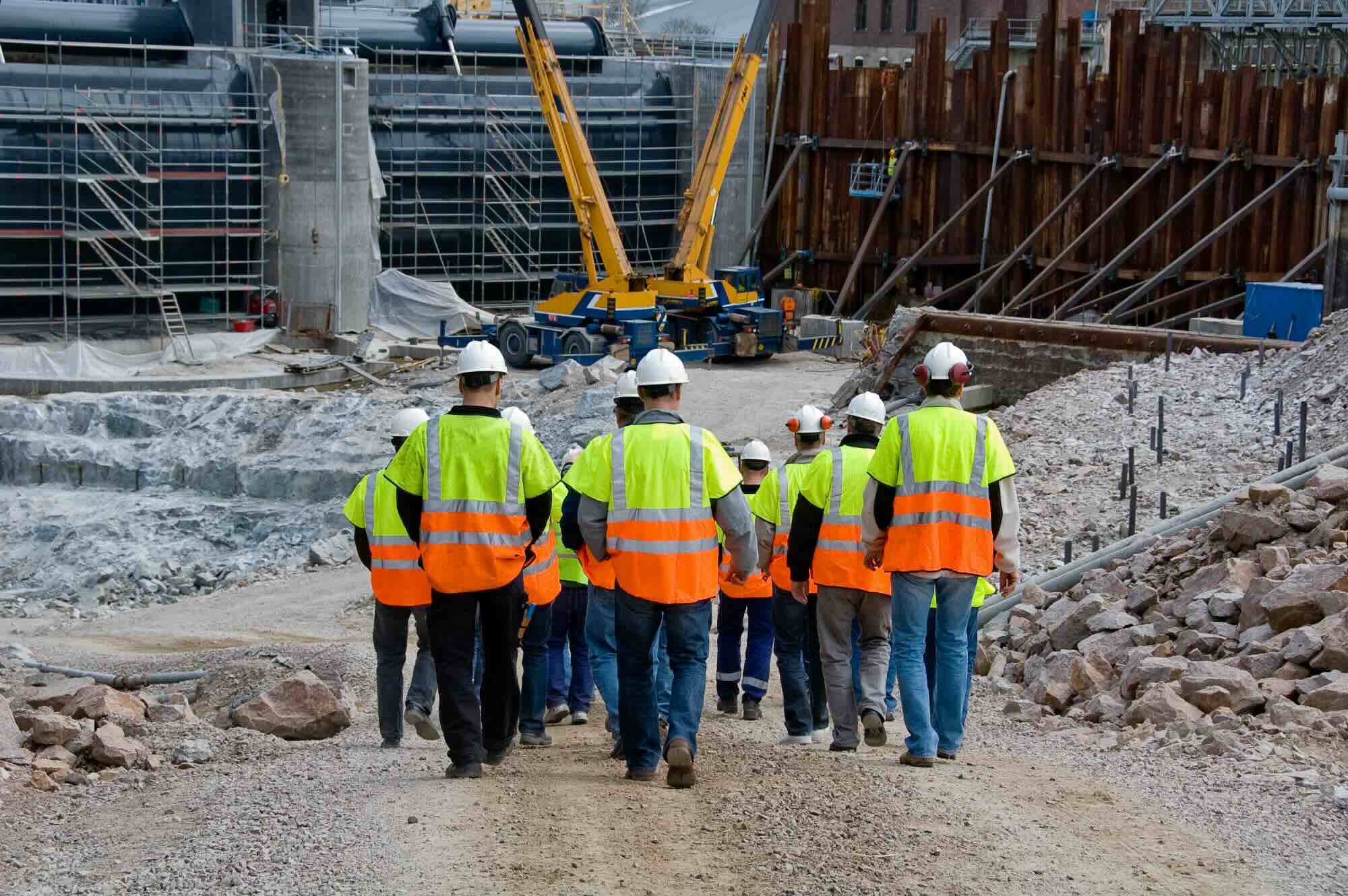



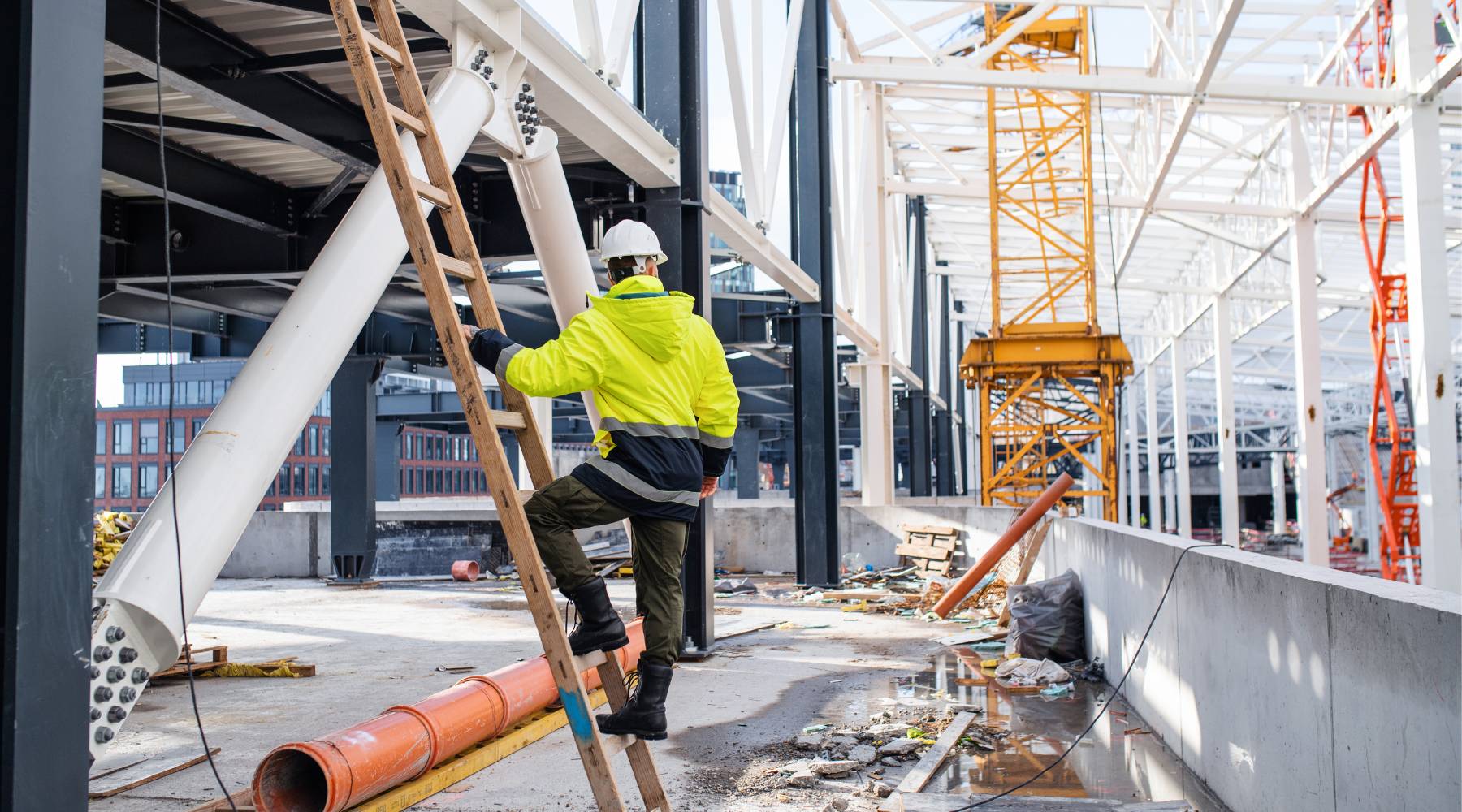

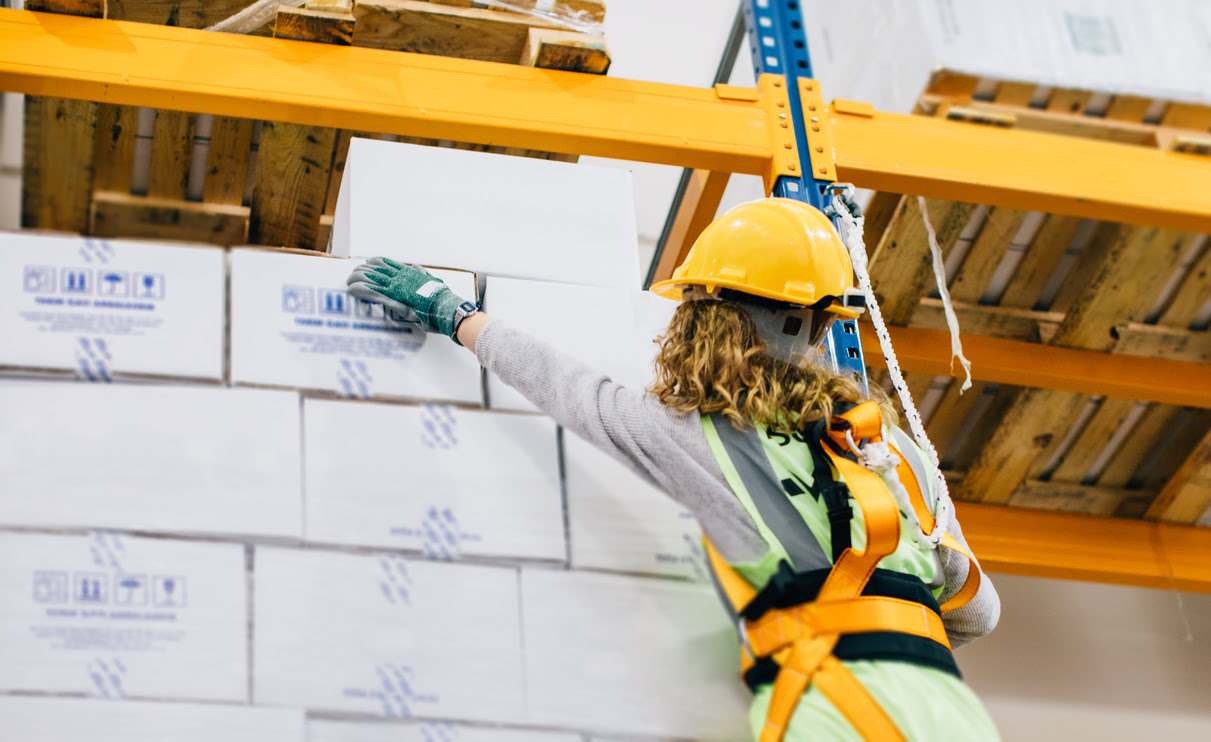

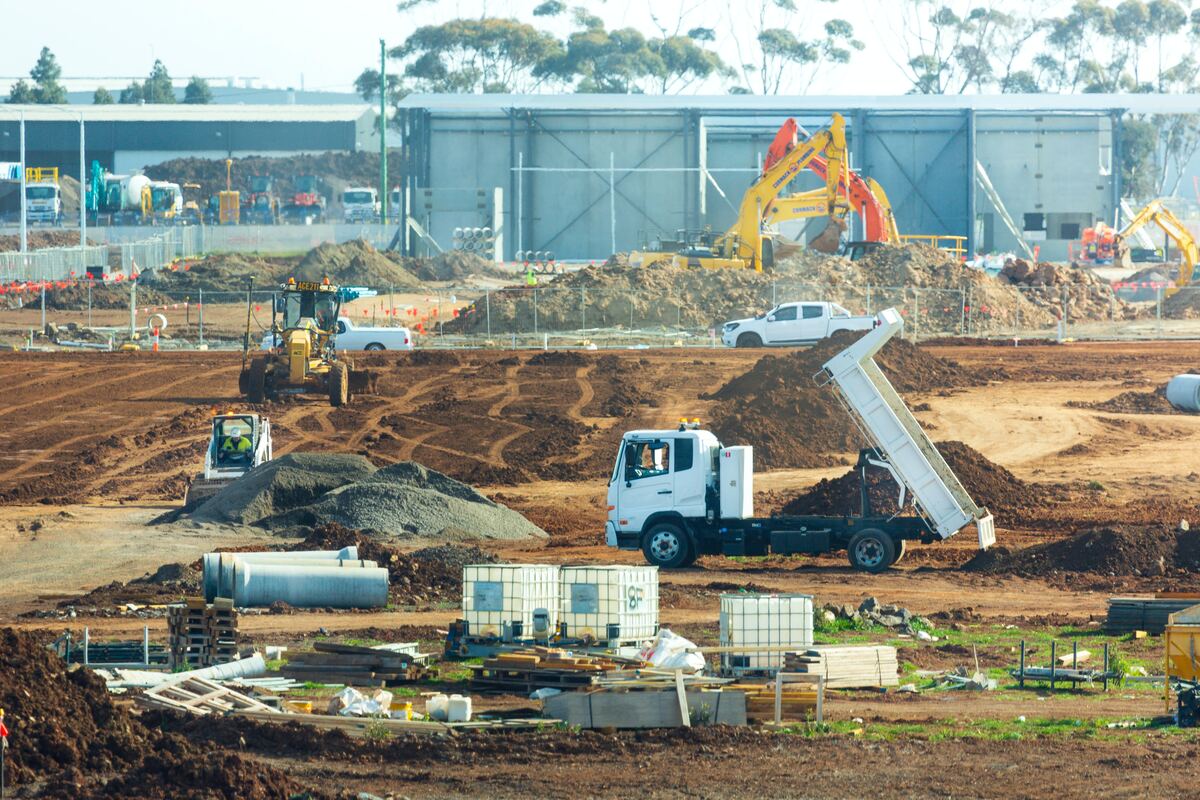
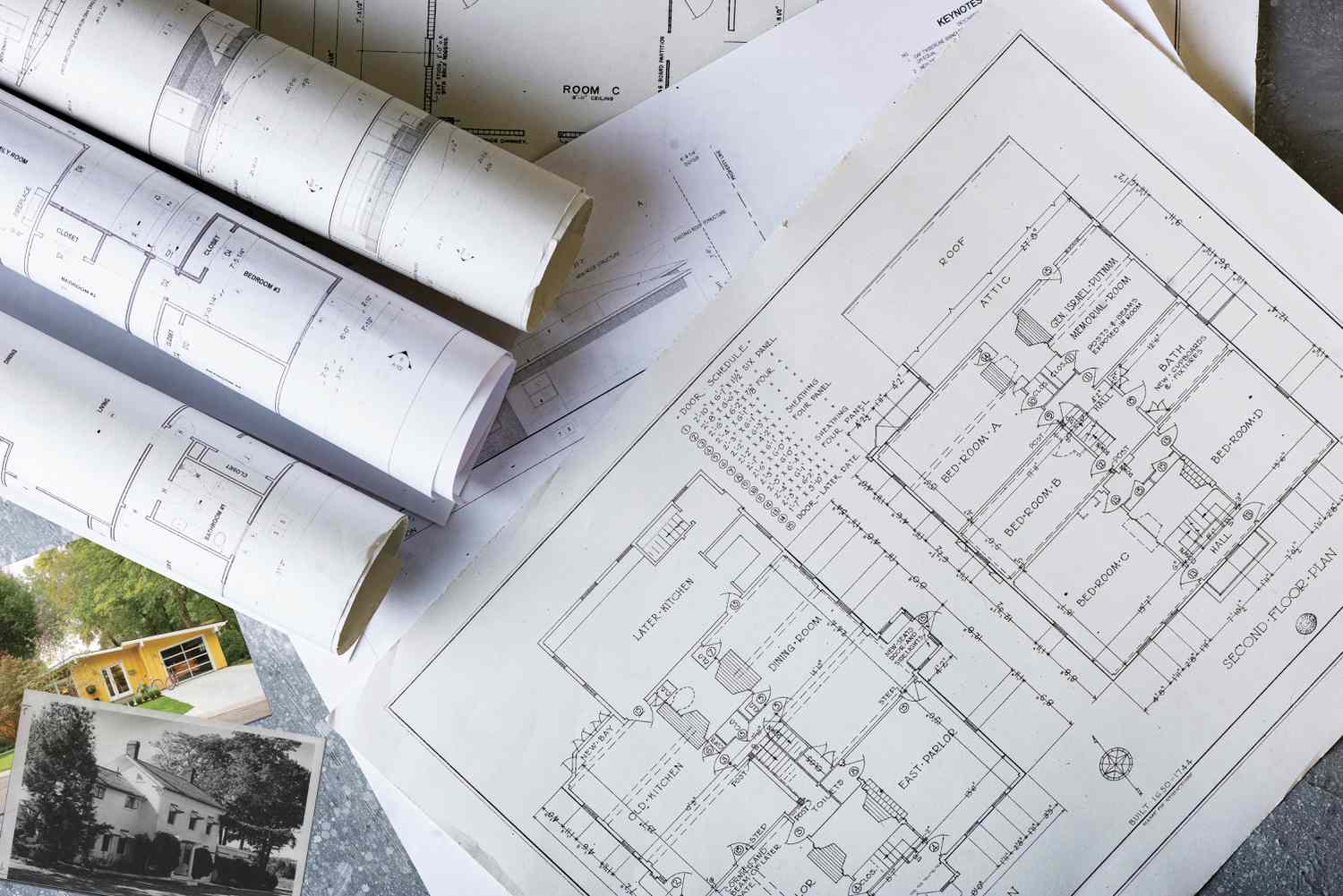




0 thoughts on “What Materials Are Needed At A Construction Site”